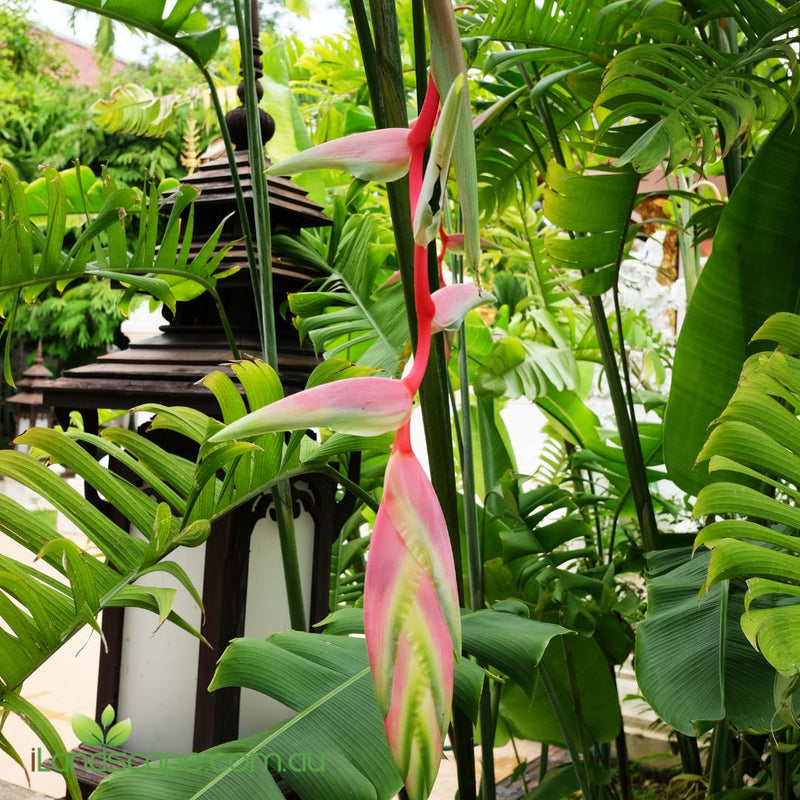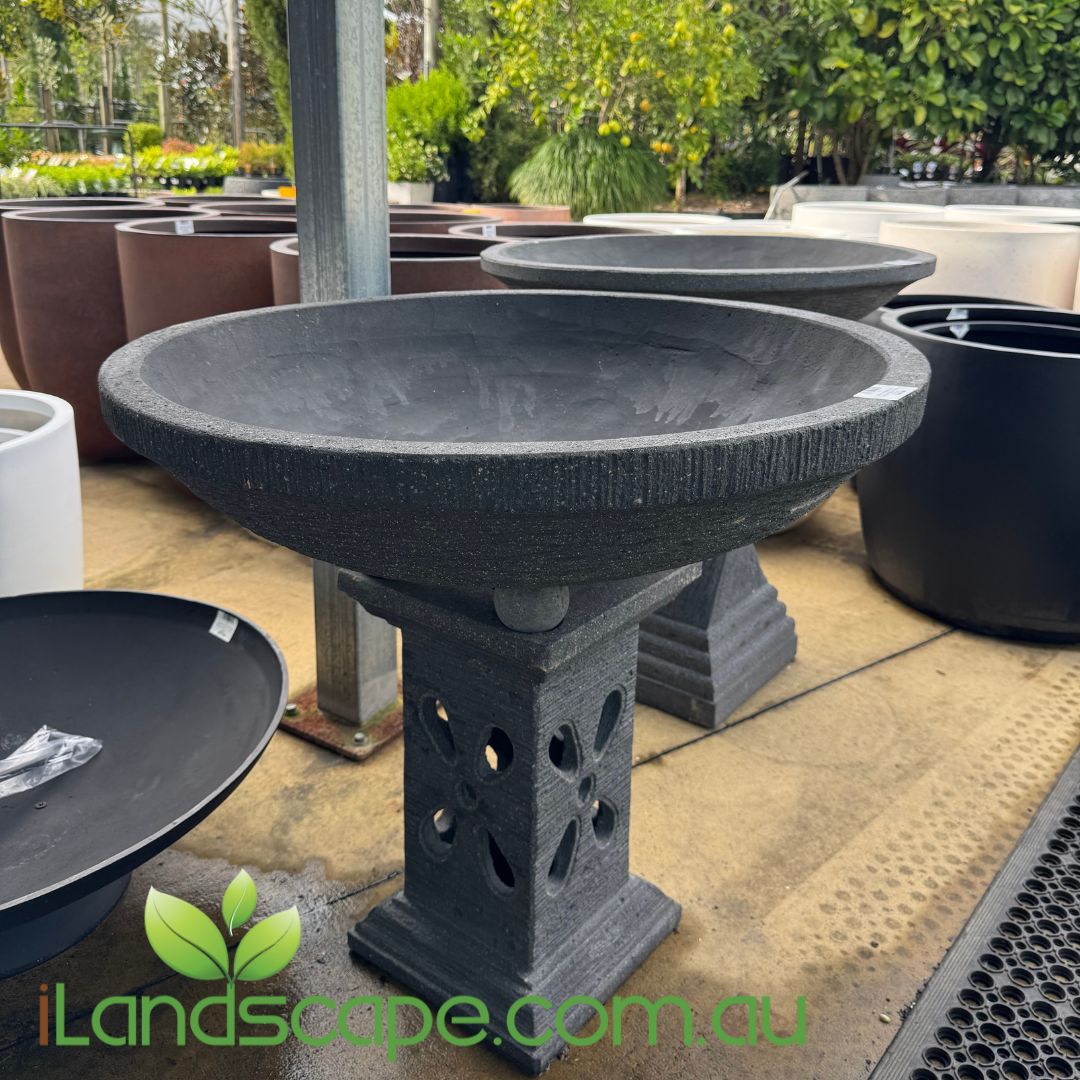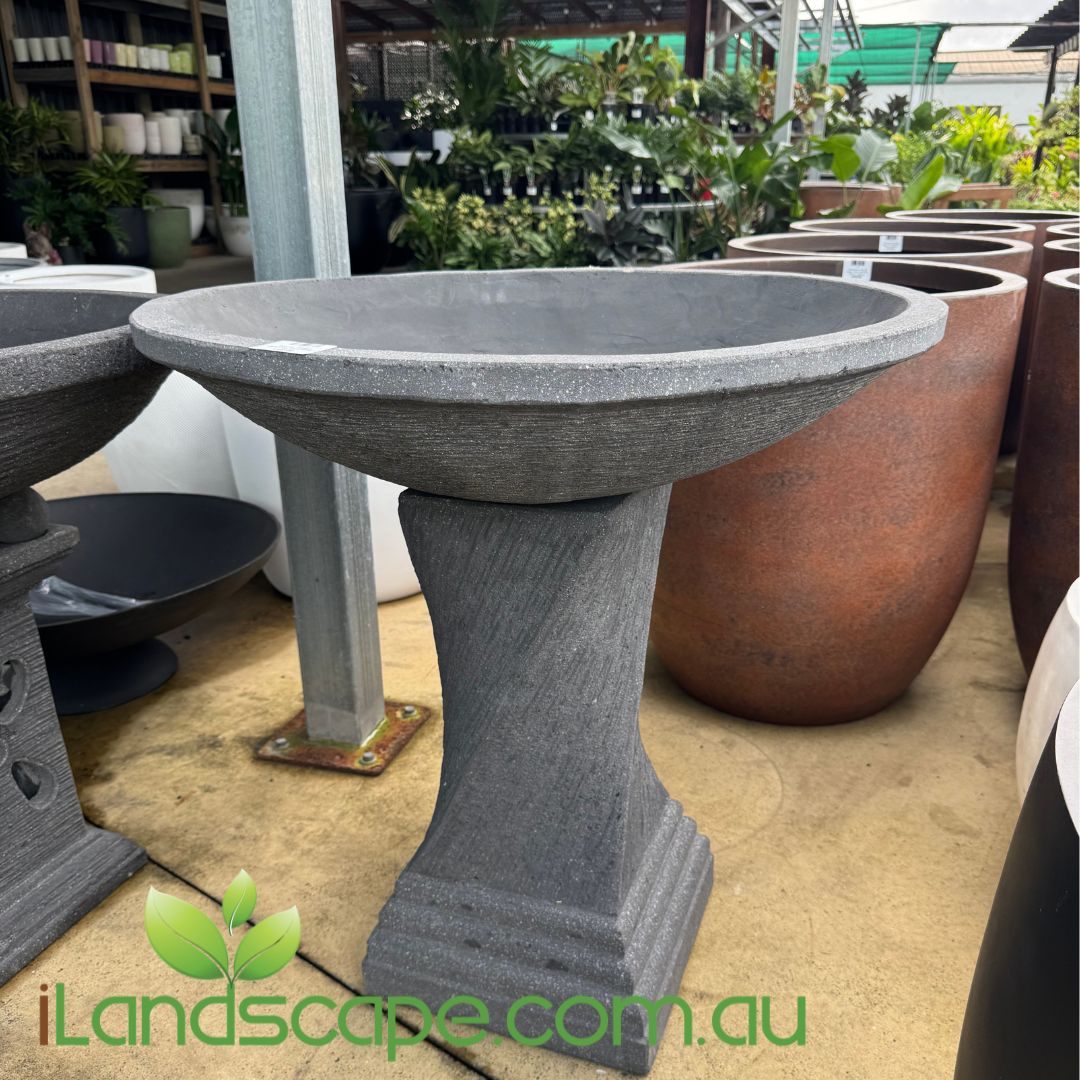Calathea lutea - Cuban Cigar Plant
Description:Calathea lutea, commonly known as Cuban Cigar Plant or Havana Cigar Plant, is a striking tropical perennial known for its large, paddle-shaped leaves and upright growth habit. Native to tropical regions of South and Central America, this plant adds a bold, architectural element to gardens and landscapes with its oversized, glossy green foliage. Unlike other Calathea species, Calathea lutea grows much taller and is often used to create a lush, tropical backdrop in garden designs or as a statement plant in large containers.
Flowers:While primarily grown for its bold foliage, Calathea lutea can produce inconspicuous, cigar-shaped inflorescences that emerge from the base of the plant. These flowers are enclosed in bracts that range from green to brown or reddish hues. Though not the plant’s main ornamental feature, the flowers add interest and texture.
Foliage:The large, paddle-shaped leaves of Calathea lutea are a deep, glossy green on the upper surface and have a more muted, pale green underside. The leaves can grow up to 1 meter in length, creating a dramatic, lush appearance. The tall, upright leaves make this plant a favorite for creating tropical privacy screens or as a focal point in landscape designs.
Fruit:Calathea lutea rarely produces fruit, and when it does, the fruit is not considered an ornamental feature. Its value lies primarily in its striking foliage.
Form and Size:This tall, clumping plant can grow up to 3 meters in height, with a spread of 1-2 meters, depending on growing conditions. Its upright, architectural form makes it an excellent choice for adding height and drama to tropical garden settings or large containers.
Growing Conditions:Calathea lutea thrives in part shade to full shade, preferring warm, humid environments. It grows best in fertile, well-drained soils that are kept consistently moist but not waterlogged. In cooler climates, it can be grown in large containers and moved indoors during winter. The plant is frost-sensitive and requires protection from cold drafts and temperatures below 15°C (59°F). Mulching helps retain soil moisture and protect the roots in warmer climates.
Uses:This plant is perfect for creating a lush, tropical ambiance in gardens, particularly as a backdrop plant or privacy screen. It works well in shaded areas, where its large leaves can create a striking visual effect. Calathea lutea is also suitable for large containers, making it a great choice for patios, courtyards, or indoor atriums.
Maintenance:Low-maintenance once established, Calathea lutea requires consistent watering to keep the soil moist, especially in warm weather. Prune away any damaged or yellowing leaves to maintain its appearance. Fertilize with a balanced, slow-release fertilizer during the growing season to support healthy growth. Protect the plant from cold winds and frosts in cooler climates, as it prefers warm, humid conditions.
Notes:Calathea lutea is a bold and dramatic addition to any tropical garden, thanks to its large leaves and upright form. While it thrives in humid, shaded environments, it can also tolerate some sun if kept well-watered. Its size and structure make it a great choice for creating privacy or adding height to landscape designs.
Companion Plants:Pairs beautifully with other tropical plants such as Heliconia, Alocasia, and Cordyline. It also works well alongside smaller, shade-loving plants like Ferns and Maranta, creating a layered tropical effect in the garden.
Common Name: Cuban Cigar Plant, Havana Cigar PlantBotanical Name: Calathea luteaFamily: MarantaceaeOrigin: South and Central America





